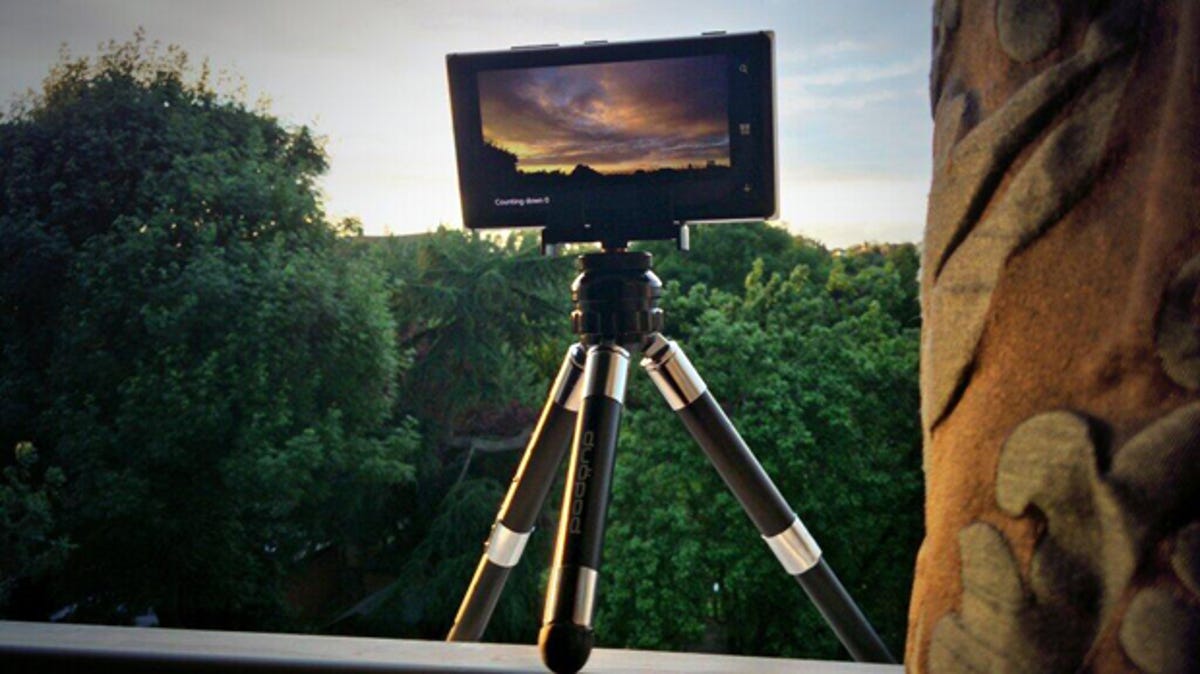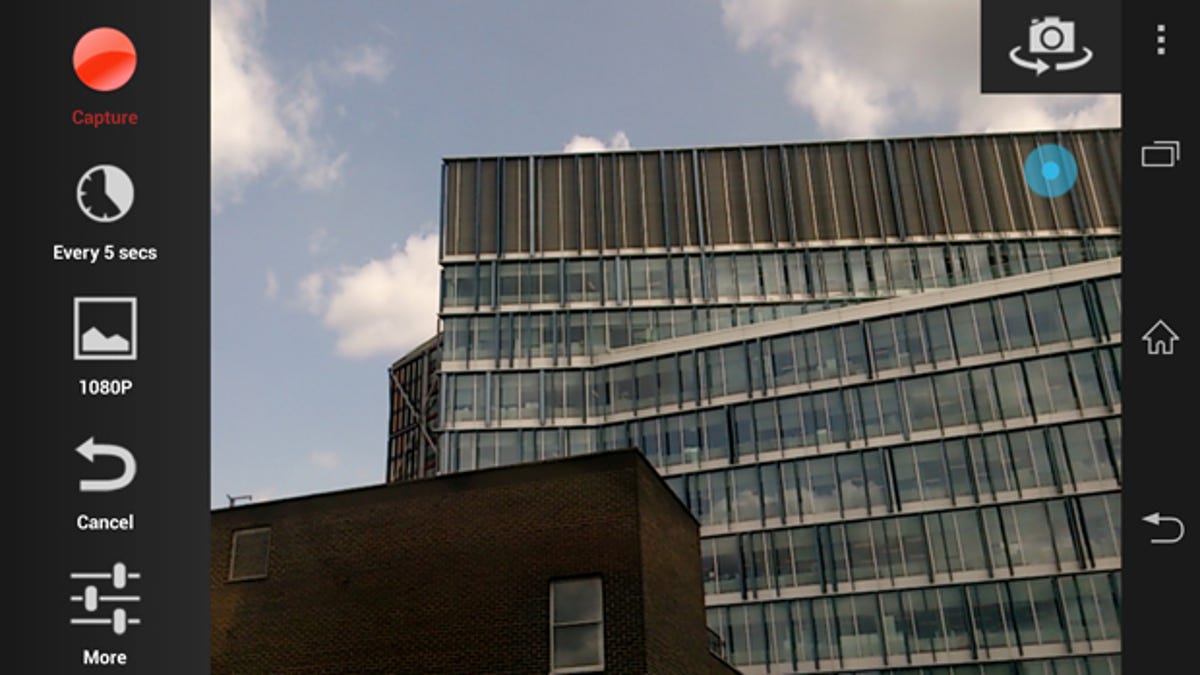
We’ve all seen those arty videos of clouds moving at amazing speed over a landscape, or a clip in which plants grow before your eyes as several days pass in a matter of seconds. They’re called time-lapse videos, and when filmed correctly, can look truly stunning. Read on to find out how you can create similarly beautiful videos using only your phone.
Creating a time-lapse video involves taking numerous photos at set intervals over a period of time. They’re then stitched together and played back at the same frame rate as normal video, giving the impression of movement. It’s a tricky technique to master and usually involves some pretty fancy kit, but with your smart phone and an app, you can have a good stab at it yourself.
What you’ll need:
- Your smart phone — either Android, iPhone or Windows Phone.
- Lapse It Pro app (£1.99 on Android, £1.49 on iOS). There are other options available on iOS and Android, but this is the app I’ve found to be the most stable. Or Timelapse Pro for Windows Phone 8, which is free to download, but it costs around £2 to enable the function that allows you to export videos — which you’ll obviously need.
That’s all you technically need to make a start, but I can’t emphasise enough how much you should also grab the following:
- A compact tripod with smart-phone holder
Step one: Find your scene
Decide what you want to capture. Time-lapse sequences work best when they capture footage taking place over hours, or even days. A single person zipping across the street isn’t going to look particularly interesting, but a lapse of hundreds of people crossing a busy road in central London over a period of several hours will look much better.
Here’s one I made earlier, using a Nokia Lumia 925:
Some classic time-lapse sequences often show clouds streaking across the sky, or day turning into night. Have a play around and see what works best for you.
Step two: Set up your equipment
Time lapses work best when the camera is still. Any shake or judder of the camera will be very noticeable in your video as the scene will have shifted slightly halfway through. It’s therefore preferable to use a mini tripod to secure your phone, or at the very least you should wedge it somewhere it isn’t going to move.
An external battery pack is crucial too, as your phone will be taking continuous photos for several hours or more. The Mophie Juice Pack Duo can keep any phone going for ages, so it’s worth considering if you want to leave it on overnight. If you do use a battery pack, plug it in before you start to avoid moving the phone by plugging it in while it’s capturing.
Step three: Fire up the app
It’s wise to set your phone to airplane mode to avoid getting calls that’ll interrupt your time-lapse. Fire up your app. To start a new video in Lapse It Pro, hit ‘New Capture’ (the Windows Phone version simply has a ‘+’ symbol).
This will open the lens, allowing you to compose your scene before you start. Your settings are around the edge (or behind a ‘customise’ button in the Windows version). The little clock icon will let you alter the capture interval.
What interval to set it to depends on how long you intend to shoot for. If you plan for an hour then aim between one to five seconds — if the shots are taken too far apart then the video will look jerky when it’s played back. For several hours or more, set the frame rate more towards 10 seconds.


The Windows app lets you capture at the phone’s maximum resolution, which is overkill. The final sequence is played back in video form, and the maximum resolution you’ll likely need is 1080p. Set the resolution to low on Windows Phone. On Android or iOS, simply set it to 1080p. The images will continue to capture until you tell it to stop.
The other settings are to do with white balance and scene modes. These both depend entirely on what type of scene you hope to capture. It’s worth having a play to see what works best.
Once you’re set up, hit capture, sit back and wait.
Step four: Render and export
Here’s another one I made, this time using an HTC One:
When you’re happy with your scene, hit stop. Both apps will then allow you to view the scene back and change the frame rate it plays at. The higher the frame rate, the faster your scene will look — if you’ve taken thousands of shots over many hours, you’ll want to select a high frame rate. Annoyingly, the Windows app maxes out at 30 frames per second, so you’ll have to speed it up manually using a program like iMovie or Windows Movie Maker (I had to do this with the Lumia 925 video).
Lapse It Pro lets you export the video file to your phone’s gallery for you to then upload to Facebook, YouTube or another social network. The Windows version makes this more awkward too. You can upload it to the Timelapse Pro servers, which will let you view it in a Web browser, and from there you can save it to your computer.



